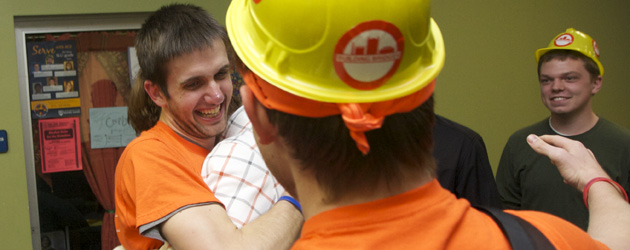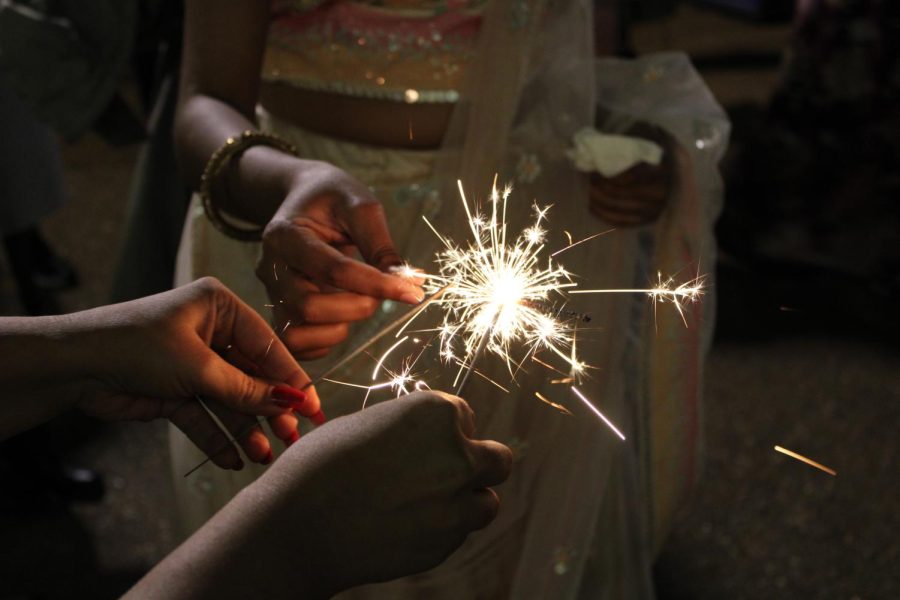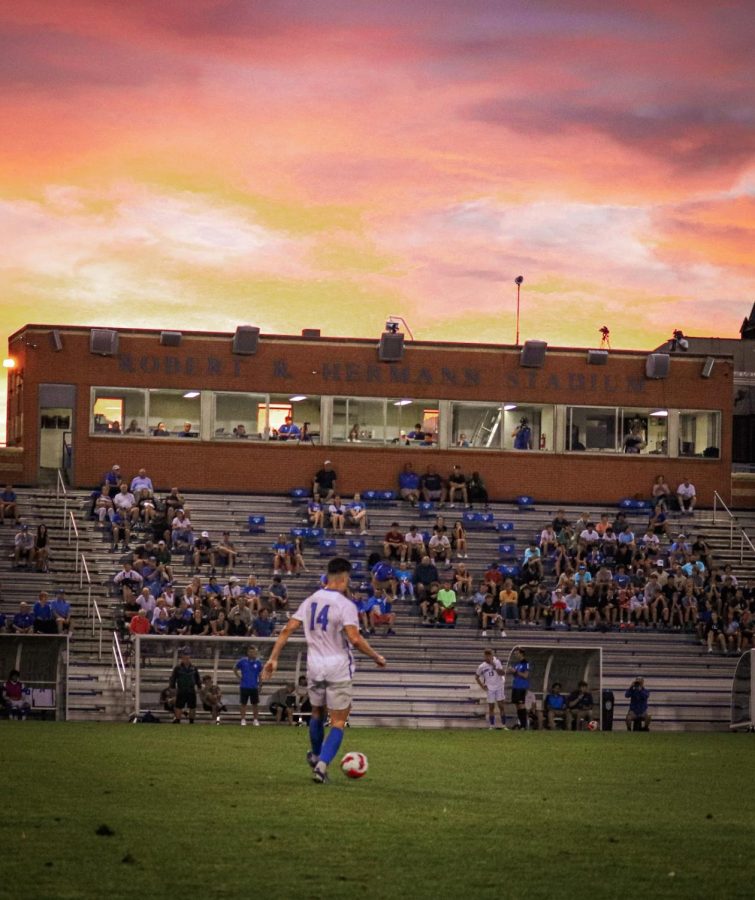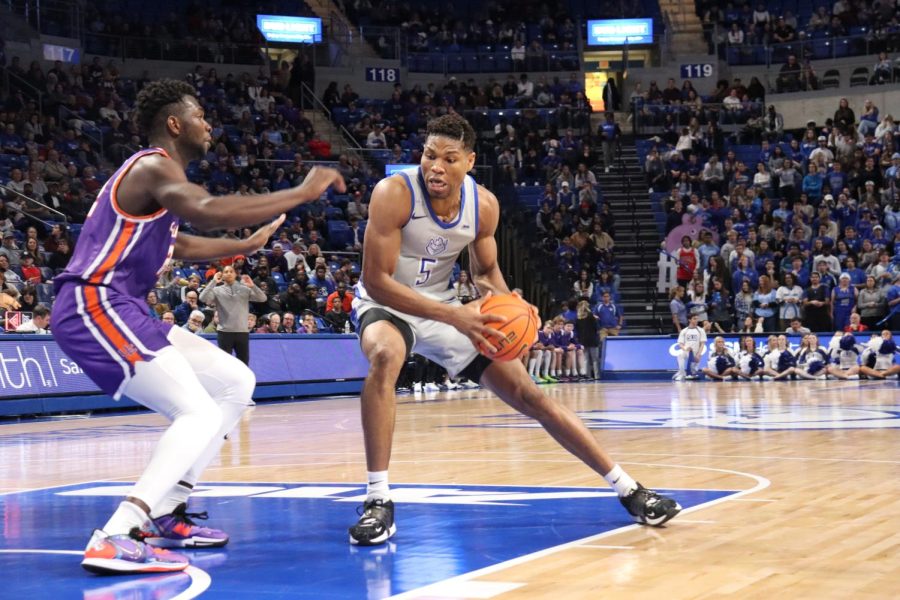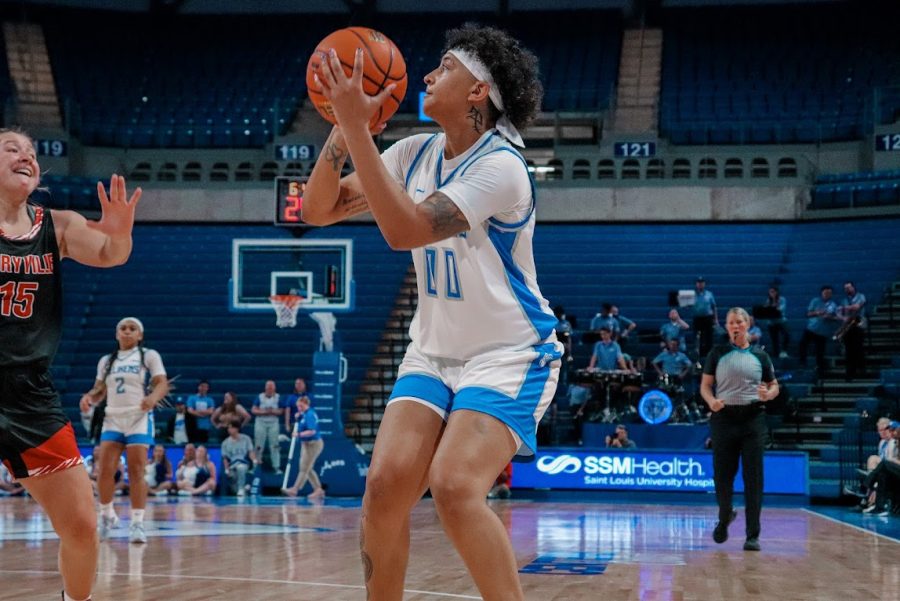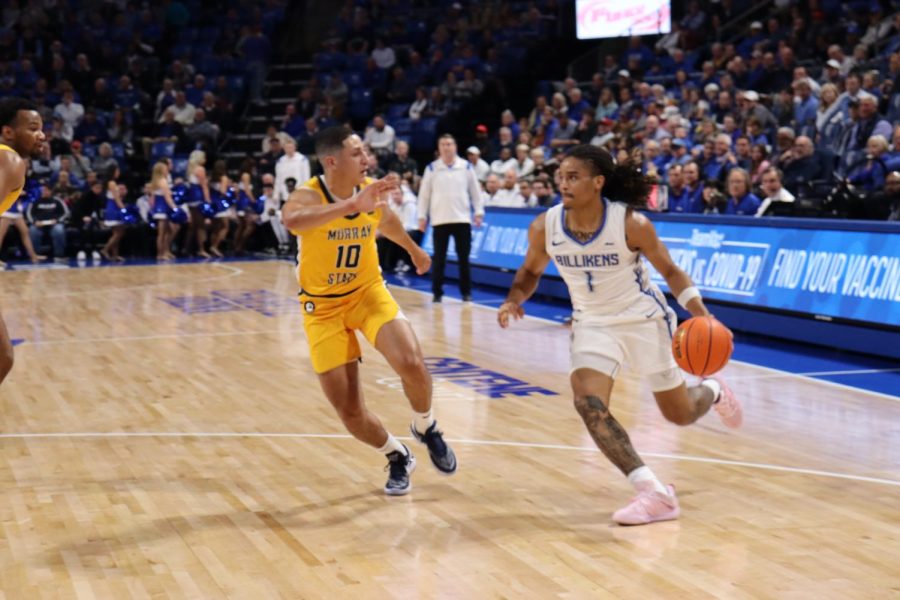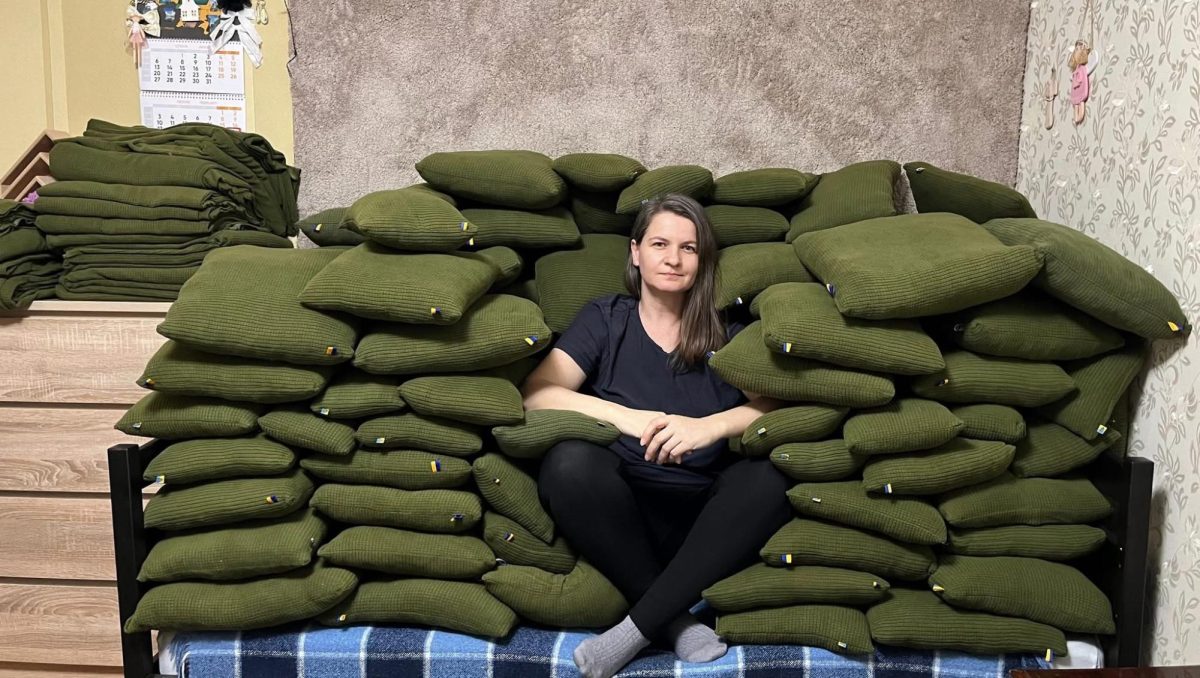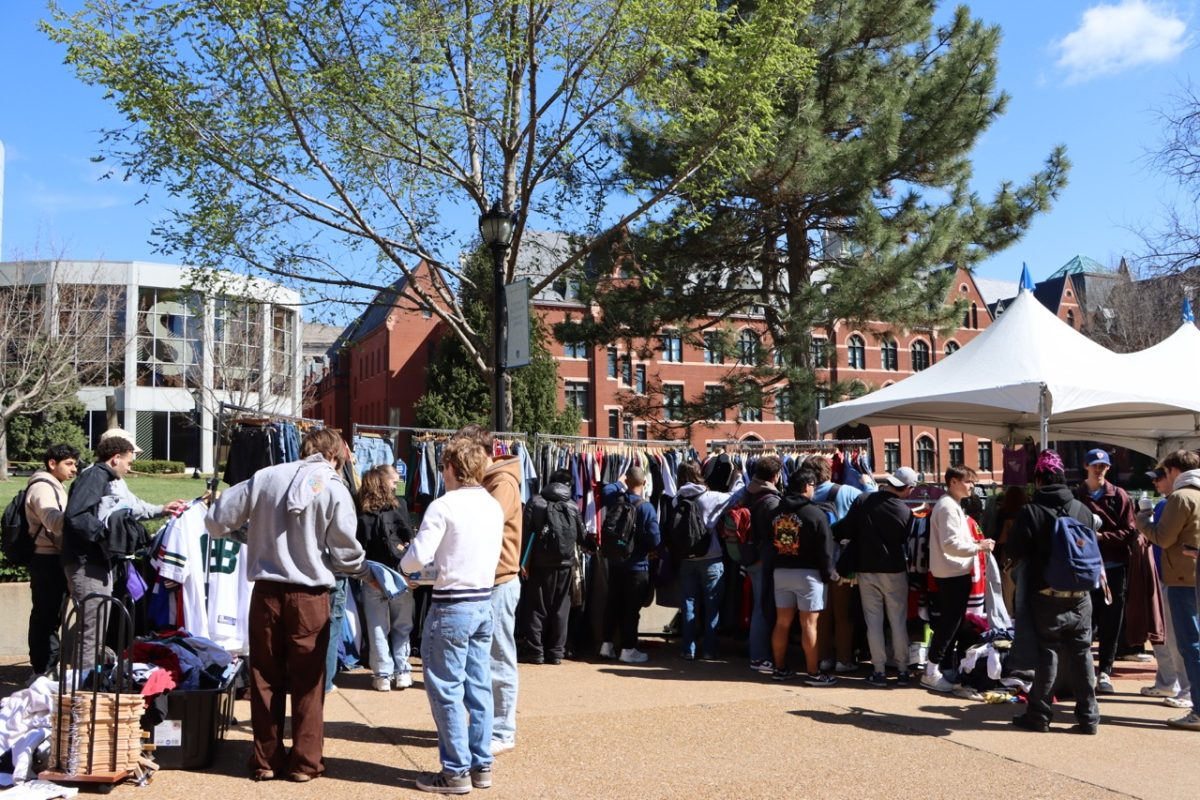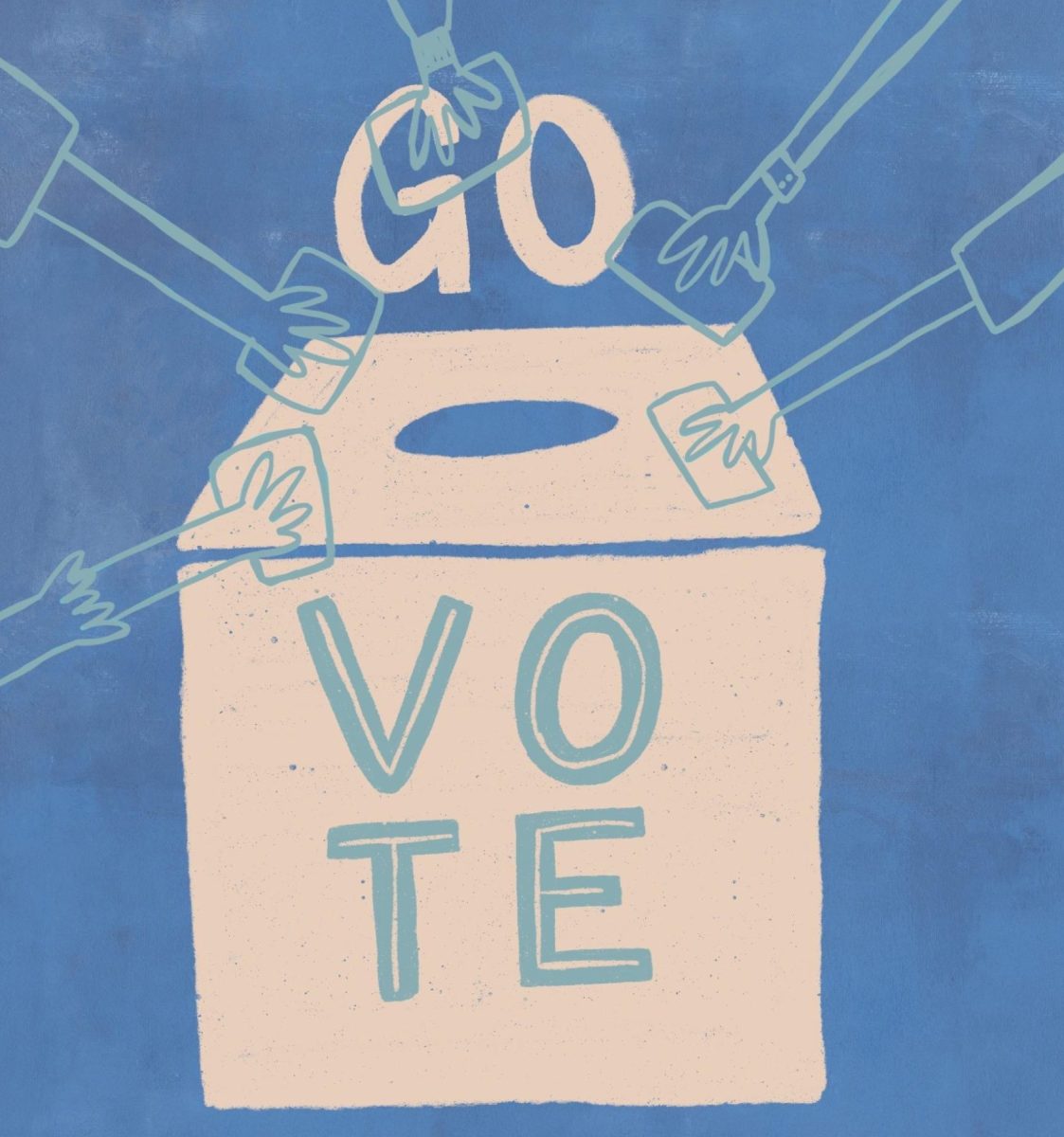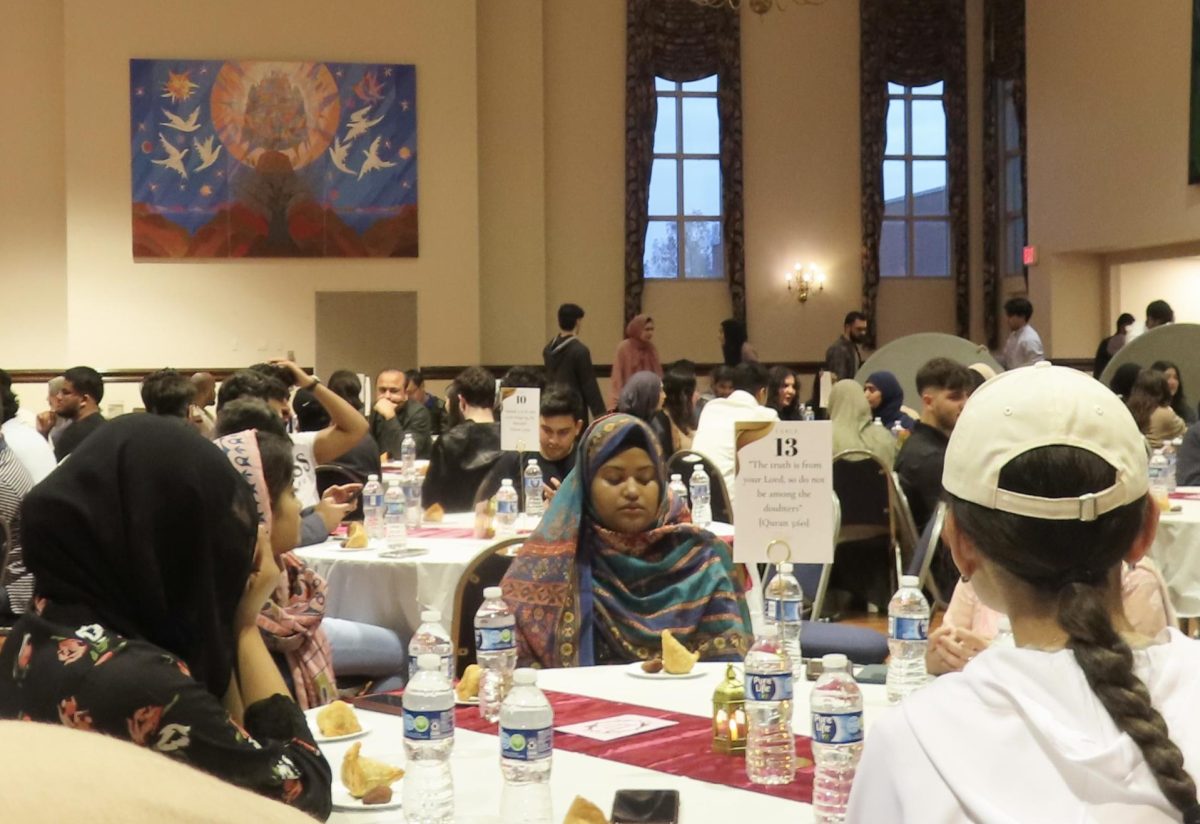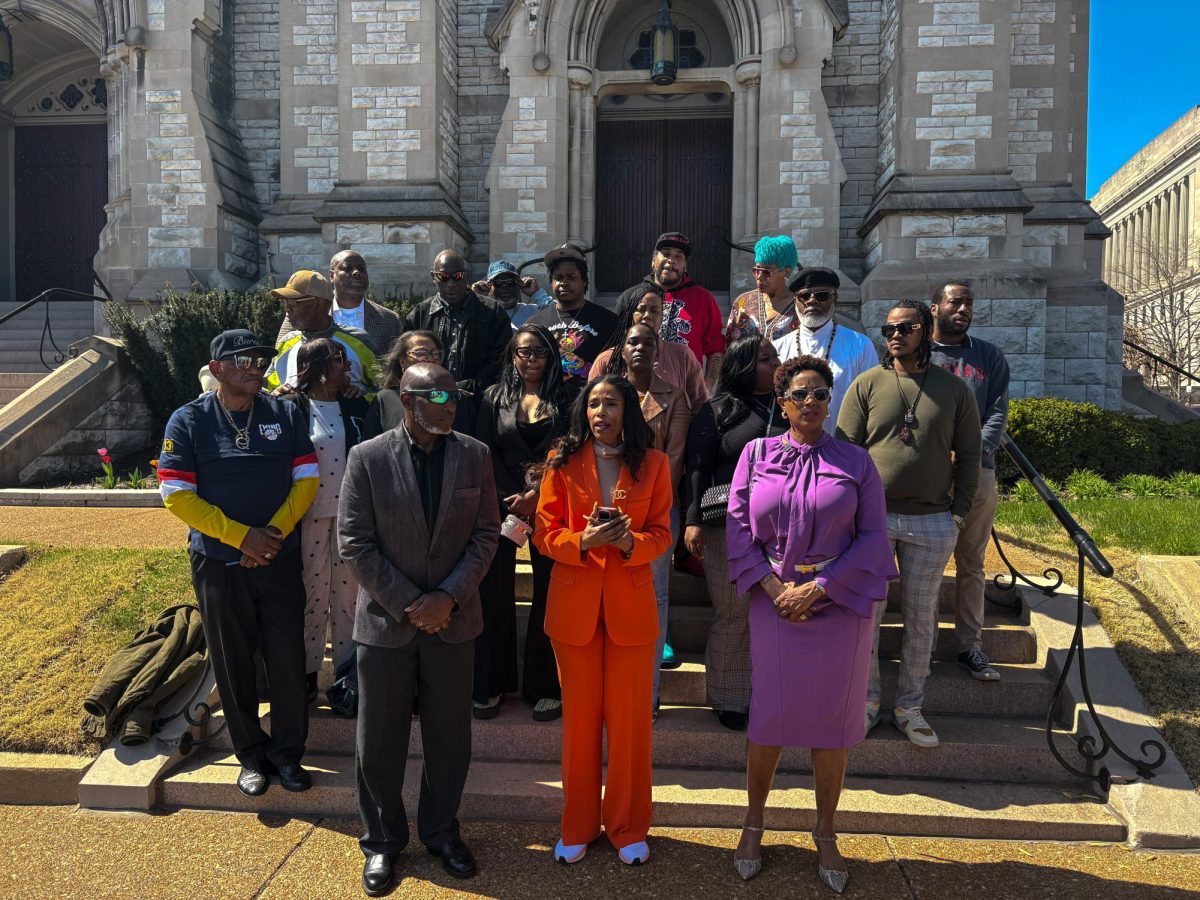When students are asked to list the brand names of clothing lines, shoes and other accessories that can be commonly found on the campus of Saint Louis University, Ralph Lauren, Abercrombie, The North Face, Vera Bradley, Sperry and Ugg are common names cited. The presence of these brands can be correlated to a misperception of the reality, the reality of socio-economic diversity.
Saint Louis University for Undergraduate Socio-Economic Diversity (SLU/FUSED) presented the student body with a survey focused on the perception of the social class an average SLU student would be considered and how respondents felt they compared.
“I think the data speaks for itself, and there is a big difference,” Kripa Sreepada, chair of SLU/FUSED, said. “The perception is higher than the reality.”
Of the 667 respondents, 64.92 percent said the average SLU student would be considered upper-middle class, and only 26.99 percent said middle class. When asked what they would consider themselves, only 36.43 responded with upper-middle class and 38.53 percent reported middle class.
With the misperception now brought to light, the question and challenge that faces SLU/FUSED is how to raise and promote awareness on campus.
In attempts to promote awareness of socio-economic diversity, one thing SLU/FUSED is working on is receiving money from a Bright Ideas Grant. With the requested grant of $2,000, SLU/FUSED would utilize the funds to help those students in financial situations that prevent them from participating in extracurricular activities because of dues and fees.
The organization, now a Student Government Association committee, is planning on exploring potential scholarships for students in the Doisy College of Health Sciences, specifically those in the undergraduate-graduate hybrid programs.
Sreepada said there are no scholarships as of now for those students who are required to stay over the summer break and take classes.
While there are currently no scholarships for summer classes and the students who have to take them, 80 percent of undergraduates are using SLU financial assistance.
The department of Student Financial Services sees first-hand the financial aspect of socio-economic diversity.
Cari Wickliffe, the assistant vice president and director of Student Financial Services, said that socio-economic diversity is one of the top five goals of the department and the larger financial department.
“Just like we want to go into certain areas because students typically have a certain interest in a major or area, we also have recruiters that target areas that may be lower income or underrepresented, underserved populations,” Wickliffe said. “It really starts at that level.”
Wickliffe said feedback is typically positive in these lower socio-economic status areas. Though the price of attending SLU can be daunting, these prospective students and their families are “hungry” for the information about ways to attend the University.
Programs such as Federal financial assistance, University financial assistance and Federal Work-Study allow for students to offset the cost of attending SLU. While socio-economic diversity is about dollars and cents, money is not exhaustive of the concept.
“To me socio-economic diversity is really the income and the available income for life experiences and exposure,” Wickliffe said. “It’s not all numbers and dollars and cents but where you live that drives that.”
Kate Goedde, assistant director of student financial services, agrees that socio-economic diversity is more than just finances, but also an educational diversity. Goedde said the only way to move beyond the stigma of socio-economic diversity being solely concerned with financial situations is to create “sensitivity” toward the topic.
By sensitivity, Goedde does not mean the topic should be handled with care and caution, but in developing a sensitivity and awareness about the issue so that it is more present in everyday interactions.
“It’s important to identify the stories and sacrifices that students have to make in order to obtain the type of education they desire here at [SLU],” Goedde said.
LaTanya Buck, program manager of the Cross Cultural Center, said SLU/FUSED is a welcomed addition to SLU because it will bring awareness to those stories and experiences.
“Socio-economic diversity and class seems to not be addressed as much as it has the opportunity to,” Buck said. “SLU students are privileged… Not everyone is advantaged in this way, namely due to socio-economic status and class.”
According to Buck, SLU/FUSED and their efforts to bring awareness will serve the students well, especially since socio-economic diversity is as close as Grand Boulevard.
“It’s there; we have to choose to see and recognize it,” Buck said.
Brooke Adams, a graduate student in the School of Social Work, attended SLU for her undergraduate degree and was a part of the Federal TRiO program. The TRiO program serves low-income, first-generation college students and students with disabilities. Adams speaks to Buck’s point about the visibility, or lack thereof, of socio-economic awareness on campus.
“If students want to graduate as well-rounded individuals, they need to be aware of this type of diversity,” Adams said. “Without understanding of both [rich and poor] cultures, students cannot consider themselves to be culturally competent.”
Adams said she grew up in a “culture of poor,” and there were multiple times in her undergraduate career that she felt her peers did not understand the “struggle of living without assets and other safety nets.” This was especially present during Adams’ volunteer activities when her “rich peers” would struggle to relate and communicate with those not part of the “rich culture.”
“Not knowing that I came from the culture of poor, these same students would make ignorant and hurtful comments because they were culturally incompetent when it came to the differences between rich and poor culture,” Adams said.
“Without this awareness of socioeconomic diversity, students cannot truly live out the Jesuit mission of men and women for others.”
Through raising awareness and shedding light on the often-overlooked issue of socio-economic diversity, Sreepada and SLU/FUSED strive for elimination of circumstances of ignorance that Adams and others have faced.
Socio-economic diversity is a reality, and as Buck said, students have the choice to see and accept the reality.




